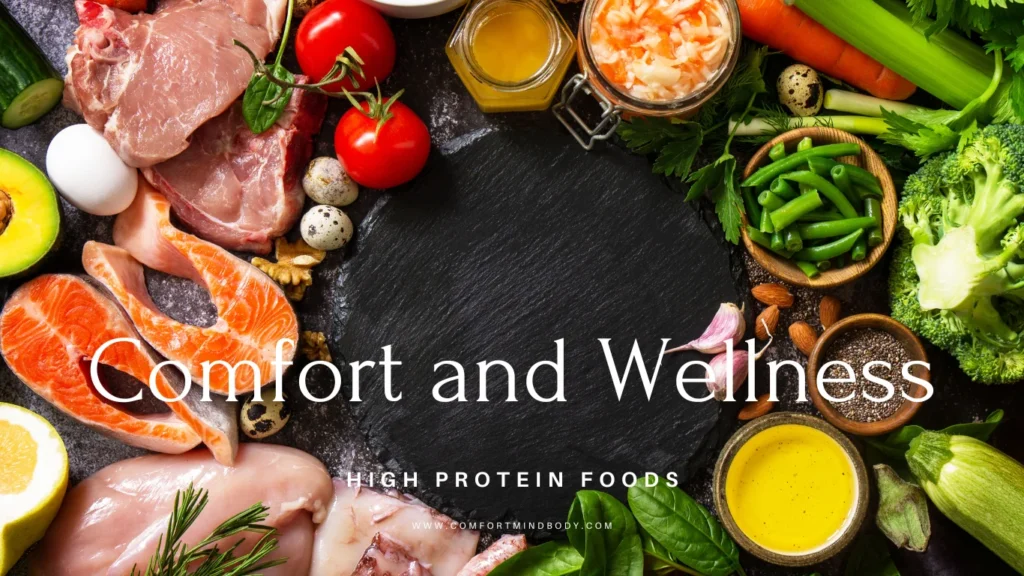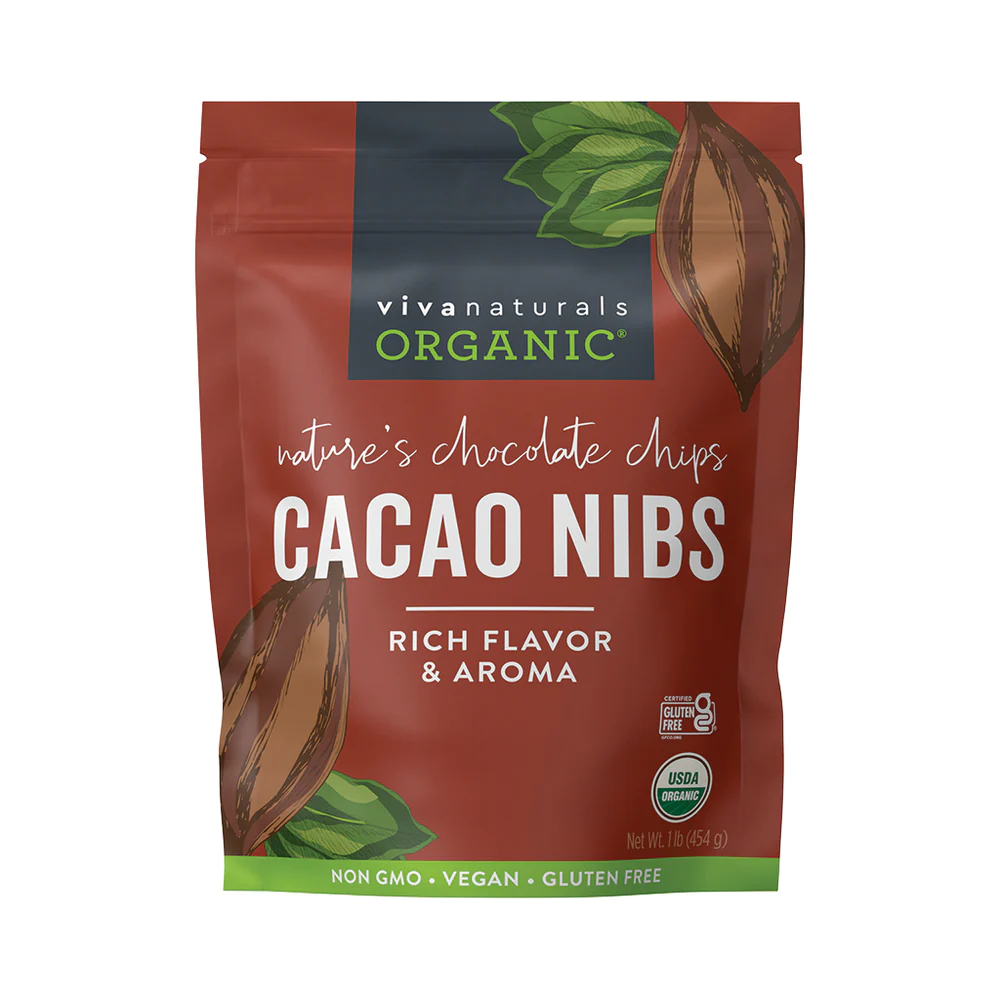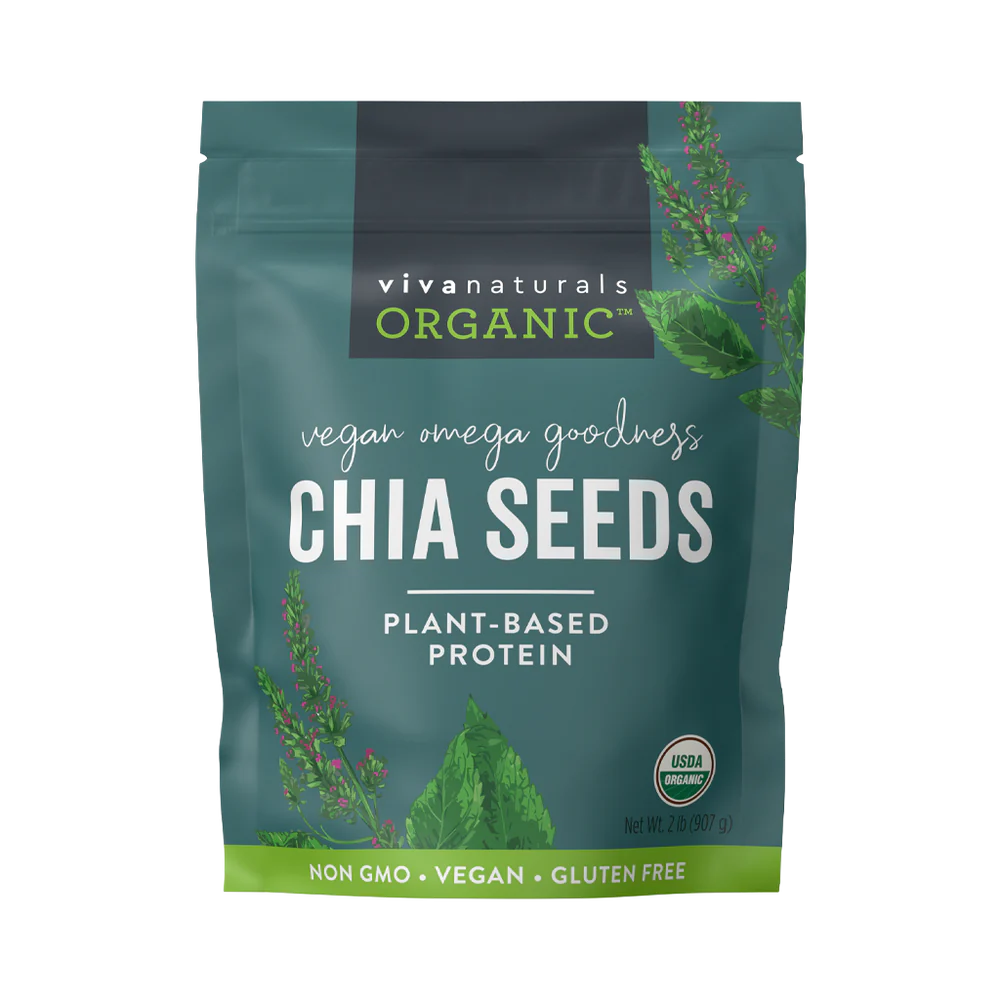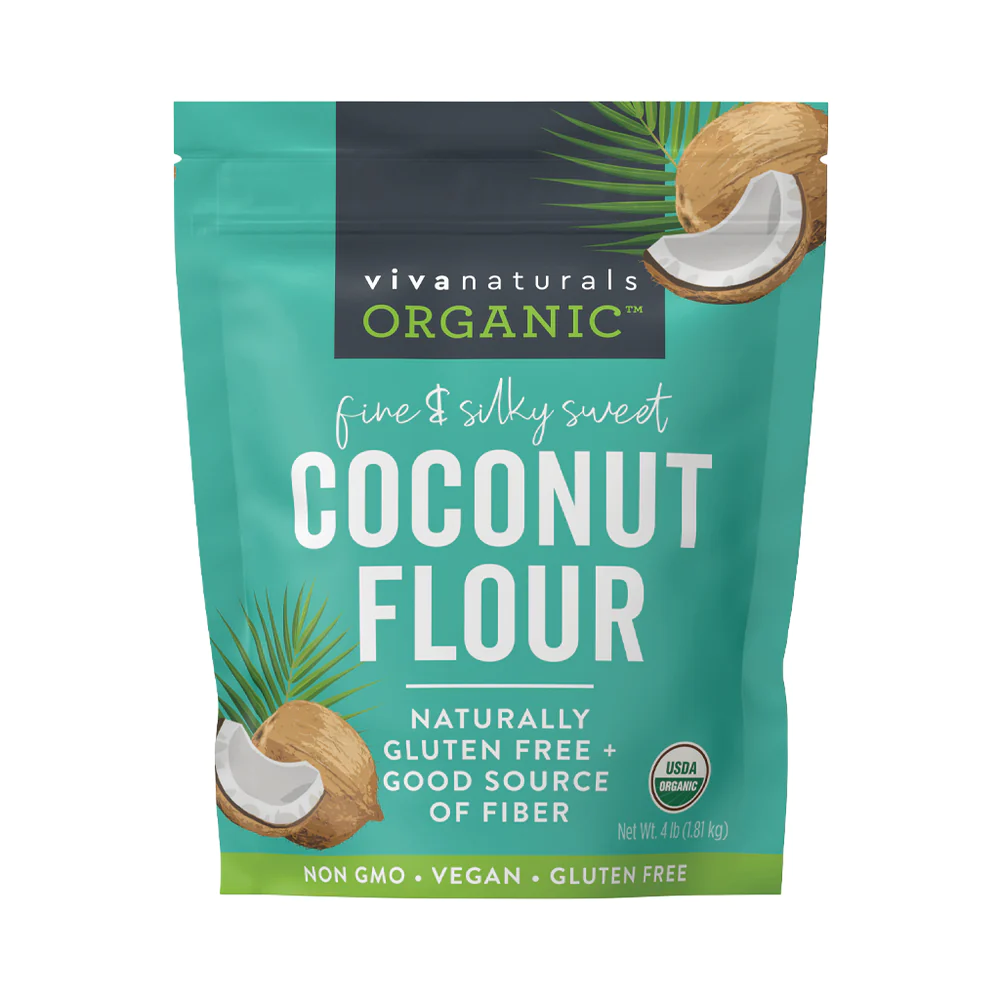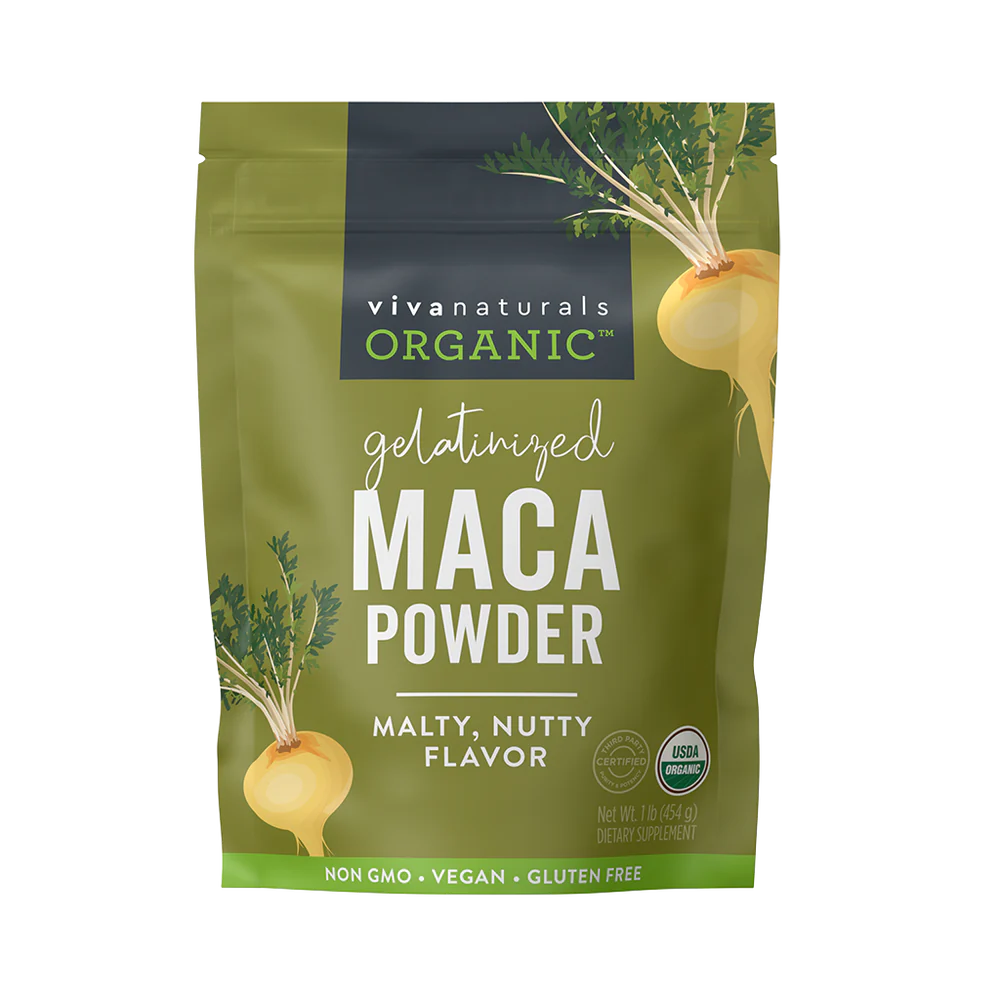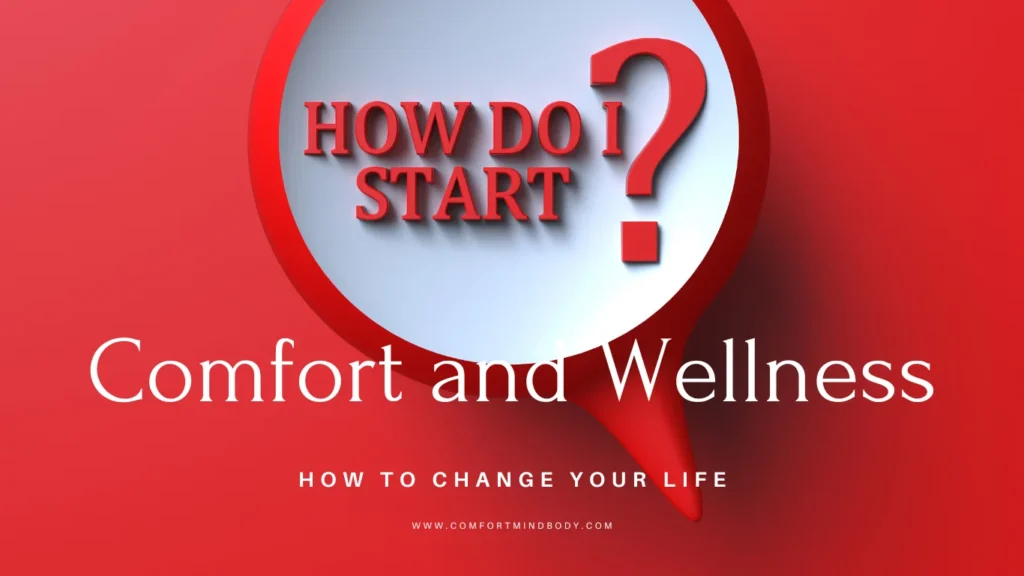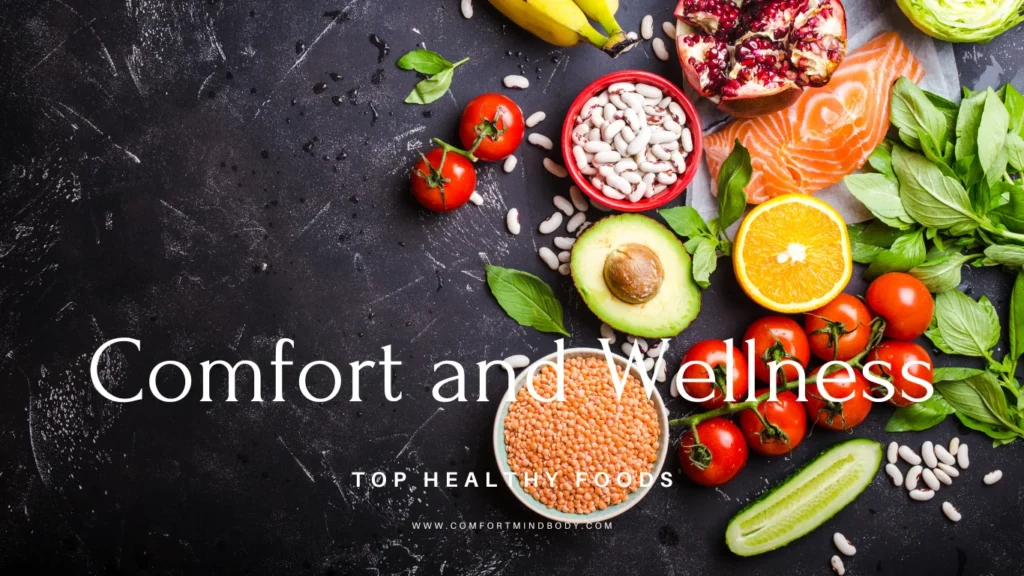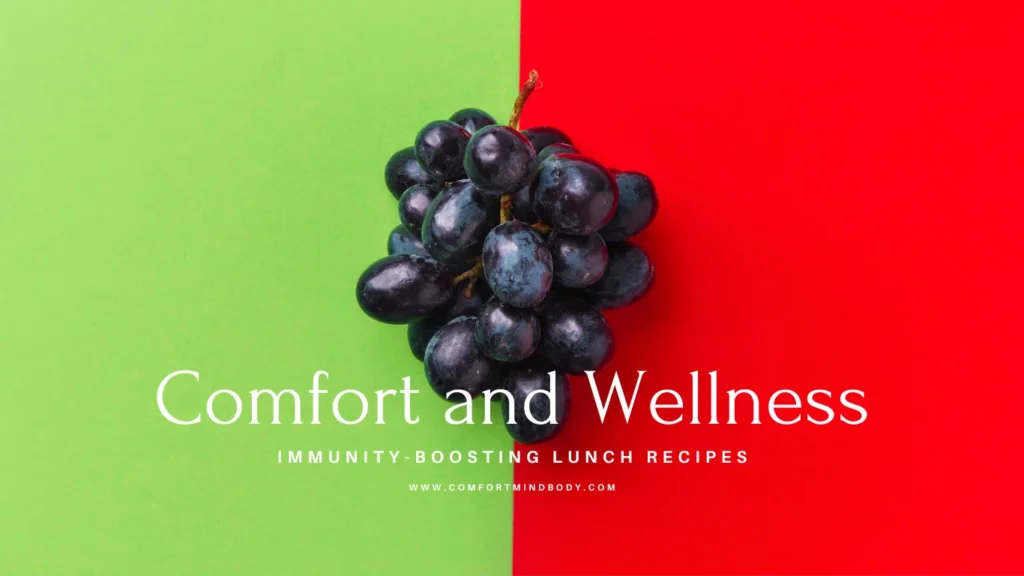Table of Contents
ToggleIntroduction:
High Protein Foods. High-protein diets have become popular in recent years. Many people use these meal plans to lose weight, build muscle, and improve their health. The main goal of a high-protein diet is to eat foods that are high in protein. It also means eating fewer carbohydrates and fats.
This method is thought to help people reach their fitness goals. It can also help them keep a healthy weight and improve their overall health. This guide will look at the science behind high-protein foods. It will cover the benefits of a high-protein diet. You will learn about important high-protein foods to add to your meals. We will also share tips for success on a high-protein diet.
The idea of a high-protein diet is not new. It has been an important part of human nutrition for many years. Protein is one of the three main macronutrients. The other two are carbohydrates and fats. Protein is important for keeping the body working well. It helps with growth and repair. Foods with protein are important in any diet. They give the body the amino acids it needs. These amino acids help create new proteins and keep muscle mass.
A high-protein diet focuses on consuming a higher percentage of calories from protein compared to the average diet. This means that people on a high-protein diet may get up to 30% of their daily calories from protein. This is more than the usual 10-15% that is often recommended. Proponents of high-protein diets believe that people can gain many health benefits. This article will explore those benefits in the following sections.
Why You Need Protein
High Protein Foods
Protein is important for many body functions. It helps with muscle and tissue growth and repair. It also helps make enzymes and hormones. Additionally, protein is needed for energy production. The amount of protein needed depends on weight. The average adult needs 0.8 grams of protein for each kilogram of body weight each day.
For example, a 140-pound person needs around 50 grams of protein daily. The National Academy of Medicine recommends that protein make up between 10% to 35% of daily calorie intake. Protein serves as a building block for various body parts, such as hair, nails, tissues, enzymes, hormones, muscles, cartilage, skin, and blood.
The science behind high protein foods
High Protein Foods
High-protein foods play an important role in a high-protein diet. They affect how our bodies work and how we manage weight. Protein helps with muscle growth and supports overall health. When you eat protein, your body breaks it down into amino acids. These amino acids are used for many functions. They help build and repair tissues. They also support a healthy immune system.
High-protein foods can help regulate appetite and promote satiety, leading to reduced calorie consumption and weight loss. This happens because protein has a higher thermic effect than carbohydrates and fats.
This means the body burns more calories when digesting and processing protein compared to other macronutrients. Additionally, protein helps to stabilize blood sugar levels, which can prevent spikes in appetite and cravings for unhealthy foods.
Another advantage of high-protein diets is their ability to promote muscle growth and maintenance. Consuming adequate amounts of protein is essential for muscle repair and growth, particularly for individuals engaging in regular physical activity. Research shows that eating more protein can help keep lean body mass and support fat loss. This makes high-protein diets great for losing weight and improving body composition.
Benefits of a high-protein diet
High Protein Foods
Eating a high-protein diet has many benefits. These benefits come from eating more protein-rich foods. Some of the most notable benefits of a high-protein diet include:
Weight loss and better body composition – As mentioned before, high-protein diets can help with weight loss. They do this by making you feel full and reducing how many calories you eat. This can result in a healthier body. You will have more lean muscle and less body fat.
Increased muscle growth and strength – Eating enough protein is important for muscle growth and repair. This is especially true for people who exercise regularly. A high-protein diet can help support the development of new muscle tissue and improve overall muscular strength.
Better metabolic health – High protein diets can improve metabolic health. They help control blood sugar levels, lower insulin resistance, and support a healthier lipid profile. This can lead to a reduced risk of developing chronic diseases such as type 2 diabetes and heart disease.
Better immune function – Protein is important for the immune system. It helps make antibodies and other immune cells. Consuming a high-protein diet can help support optimal immune function, protecting the body from illness and infection.
Improved bone health – Consuming adequate amounts of protein is important for maintaining strong and healthy bones. Studies show that eating more protein can help improve bone density. This can lower the risk of osteoporosis and fractures.
High-protein foods for weight gain and muscle building
High Protein Foods
For individuals looking to gain weight and build muscle, consuming high-protein foods is essential. Some of the best protein foods for weight gain and muscle building include:
Lean meats – Chicken, turkey, and lean cuts of beef and pork are great sources of protein. They can help with muscle growth and weight gain.
Fish and seafood – Fish like salmon, tuna, and shrimp are high in protein and healthy fats. This makes them great for building muscle and improving overall health.
Eggs – Eggs are a great source of protein. They have all nine essential amino acids needed for building muscle and gaining weight.
Dairy products – Milk, yogurt, and cheese are high in protein and can help support muscle growth and weight gain when consumed in moderation.
Plant-based protein sources – Foods like tofu, tempeh, legumes, and quinoa offer a good amount of protein. This is great for people on a vegetarian or vegan diet.
High protein diet for weight loss and fat burning
High Protein Foods
A high-protein diet for weight loss means eating foods rich in protein. It also involves cutting back on calories from carbs and fats. Some of the best high-protein diet foods for weight loss include:
Lean meats – Choose skinless chicken, lean beef or pork cuts, and low-fat ground meat. These options can help with weight loss and improve body composition.
Fish and seafood – Consuming fish and seafood can help support weight loss due to their high protein and low-fat content.
Eggs – Eggs are a nutrient-dense, high-protein food that can help promote weight loss when consumed as part of a balanced diet.
Low-fat dairy products – Pick low-fat or fat-free dairy options like Greek yogurt, cottage cheese, and skim milk. These choices can help with weight loss and boost your protein intake.
Plant-based protein sources – Add protein-rich plant foods like lentils, chickpeas, and edamame to your weight-loss diet. This will help increase your protein intake and support weight loss.
Essential high-protein foods to incorporate into your meal plan
High Protein Foods
When making a high-protein meal plan, include different healthy protein sources. This helps you get enough nutrients and supports your overall health. Some essential high-protein foods to incorporate into your meal plan include:
Lean meats – Eat different types of lean meats like chicken, turkey, and lean cuts of beef and pork. They give you important nutrients and amino acids.
Fish and seafood – Try to eat fish and seafood at least two times a week. This helps you get high protein and important omega-3 fatty acids.
Eggs – Incorporate eggs into your meal plan as a versatile and nutrient-dense protein source.
Dairy products – Include milk, yogurt, and cheese in moderation. This helps you get enough calcium and protein.
Plant-based protein sources – Use different plant-based protein sources like legumes, nuts, seeds, and whole grains. These foods offer many nutrients and help support your overall health.
Vegetables – Vegetables may not have as much protein as other foods, but they can still add important protein to your diet. Add different vegetables like broccoli, spinach, and kale to your meal plan. This will help increase protein intake. These vegetables also offer many vitamins, minerals, and antioxidants.
Creating a balanced high-protein meal plan
High Protein Foods
A balanced high-protein meal plan should have different high-protein foods from various food groups. This helps ensure you get enough nutrients and supports your overall health. When creating a high-protein meal plan, consider the following tips:
Include protein at every meal – Try to have a source of protein with each meal. This helps you get enough protein all day.
Choose lean protein sources – Pick lean protein options like skinless chicken, lean meats, and low-fat dairy. This helps reduce saturated fat and supports a healthy body.
Add plant-based protein sources – Include different plant-based protein sources in your meals. This will give you important nutrients and help your health.
Include a variety of high-protein foods – Add different high-protein foods to your meal plan. This helps you get enough nutrients and keeps your diet interesting.
Balance protein with other macronutrients – When you eat a high-protein diet, include enough carbohydrates and fats. This helps provide energy and supports your overall health.
Risks and concerns of eating too much protein
Eating a high-protein diet can have many health benefits. However, there are some risks and concerns with eating too much protein. Some potential issues include:
Kidney function – Eating too much protein can put extra stress on the kidneys. This can be a problem for people with kidney issues.
Bone health – Some studies show that eating too much protein may raise the risk of osteoporosis and fractures. This happens because it can lead to more calcium being lost from the body.
Nutrient deficiencies – Eating too many high-protein foods can lead to not getting enough other important nutrients. These include fiber, vitamins, and minerals.
Digestive issues – Eating a high-protein diet that is low in fiber can cause problems like constipation and bloating.
To reduce the risks of eating too much protein, it is important to have a balanced diet. This diet should include a variety of high-protein foods and other nutrient-rich foods.
High protein diet menu and recipe ideas
High Protein Foods
Making a high-protein diet menu can be easy and fun. You can choose from many tasty and healthy high-protein foods. Some recipe ideas for a high-protein diet include:
Breakfast – Greek yogurt with fruit and nuts, vegetable omelets, or protein-packed smoothies made with spinach, berries, and a scoop of protein powder.
Lunch – Grilled chicken or fish salads, quinoa and black bean bowls, or a turkey and avocado wrap on a whole-grain tortilla.
Dinner Options
- Baked salmon with roasted vegetables
- Lean beef stir-fry with brown rice
- Tofu and vegetable curry over cauliflower rice
Snacks – Cottage cheese with fruit, hummus and veggie sticks, or a handful of mixed nuts and seeds.
Tips for success on a high-protein diet
To maximize the benefits of a high-protein diet and ensure success, consider the following tips:
Set realistic goals – Establish achievable and sustainable goals for weight loss, muscle building, or overall health improvement.
Plan your meals – Make a meal plan and a grocery list. Include a variety of high-protein foods. This will help you get enough nutrients and keep your diet interesting.
Track your progress – Monitor your progress by regularly tracking your weight, body composition, and other health markers.
Stay consistent – Stick to your high-protein meal plan and exercise routine for the best results.
Listen to your body – Pay attention to what your body tells you. Change your protein intake and diet as needed to meet your personal needs and goals.
The Top 5 High Protein Foods for Vegetarians and Vegans
High Protein Foods
Tofu
Tofu is a popular plant-based protein source that is versatile and can be used in a variety of dishes. Made from soybeans, tofu is low in calories and high in protein, with around 10 grams of protein per 100 grams of tofu. It’s also a good source of iron, calcium, and other essential nutrients. Tofu can be grilled, baked, stir-fried, or blended into smoothies for a protein boost. Try marinating it in your favorite sauce or seasoning for added flavor.
Lentil
Lentils are a great source of plant-based protein, with around 18 grams of protein per cup of cooked lentils. They are also high in fiber, iron, and other essential nutrients. Lentils can be used in a variety of dishes, from soups and stews to salads and veggie burgers. They come in different colors like green, brown, and red. You can cook them in many ways, such as boiling, simmering, or pressure cooking. Try adding lentils to your next meal for a protein-packed vegetarian option.
Chickpeas
Chickpeas, also known as garbanzo beans, are a versatile and delicious plant-based protein option. With around 15 grams of protein per cup of cooked chickpeas, they are a great addition to salads, soups, and curries. They can also be roasted for a crunchy snack or mashed into a tasty hummus dip. Chickpeas are high in fiber, iron, and other important nutrients. This makes them a healthy choice for vegetarians and vegans.
Quinoa
Quinoa is a complete protein. This means it has all nine essential amino acids that our bodies cannot make. Quinoa has about 8 grams of protein in each cooked cup. It is a great choice for vegetarians and vegans who want more protein. It’s a flexible ingredient. You can use it in salads, stir-fries, and even as a rice substitute in sushi. Quinoa is also high in fiber, iron, and magnesium, making it a nutritious addition to any meal.
Edamame
Edamame, or boiled soybeans, is a great source of protein for vegetarians and vegans. With around 18 grams of protein per cooked cup, edamame is a filling and nutritious snack or addition to meals. It’s also high in fiber, iron, and calcium. Edamame can be eaten as a snack. It can also be added to salads. You can use it as a protein in stir-fries and other meals.
Conclusion
High Protein Foods
A high-protein diet offers many benefits that can greatly improve your health and well-being. One of the most well-known advantages is its effectiveness in weight loss. Protein makes you feel full for a longer time. This helps reduce the chances of overeating and snacking on unhealthy foods.
To support your weight loss efforts, include a variety of high-protein foods in your meals. Good options are lean meats, fish, eggs, dairy, legumes, and nuts. This will help you create a balanced and satisfying diet.
Furthermore, a high-protein diet plays a crucial role in muscle building and repair. Proteins are the building blocks of muscles and provide the essential amino acids necessary for muscle growth. A high-protein diet can help build lean muscle and increase strength when paired with regular resistance exercise.
This is particularly beneficial for individuals engaging in intense physical activities, such as athletes and bodybuilders, as it aids in their performance and recovery.
Aside from weight loss and muscle building, a high-protein diet also offers several other health improvements. Protein is involved in numerous bodily functions, including hormone production, enzyme synthesis, and immune system support.
Consuming adequate amounts of protein ensures these vital processes are functioning optimally. Additionally, protein-rich foods often contain important nutrients, such as vitamins, minerals, and antioxidants, which contribute to overall health and disease prevention.
It is important to remember that a high-protein diet can be good, but it should be balanced and moderate. It is best to talk to a healthcare professional or dietitian. They can help you find the right protein intake for your needs and goals. They can help you create a meal plan. This plan will meet your protein needs and keep your diet balanced and healthy.
By adding different high-protein foods to your meals and keeping a balanced diet, you can use the benefits of high-protein food. This can help you reach your health and fitness goals. If you want to lose weight, build muscle, or feel better, a high-protein diet can help. It is a useful tool for a healthier lifestyle.
Affiliate Disclosure:
The links contained in this product review may result in a small commission. This goes towards supporting our research and editorial team and please know we only recommend high-quality products.
Note: This article is for informational purposes only and is not intended to diagnose, treat, or cure any disease. Always consult a healthcare professional before taking any supplement or making any changes to your diet or lifestyle.
